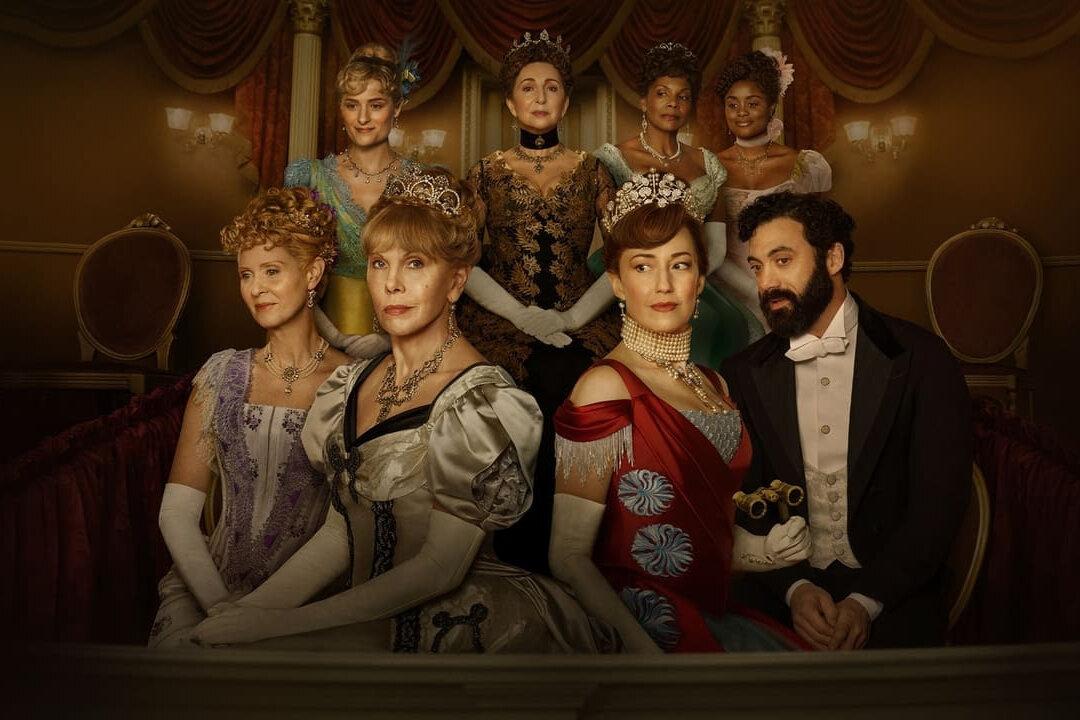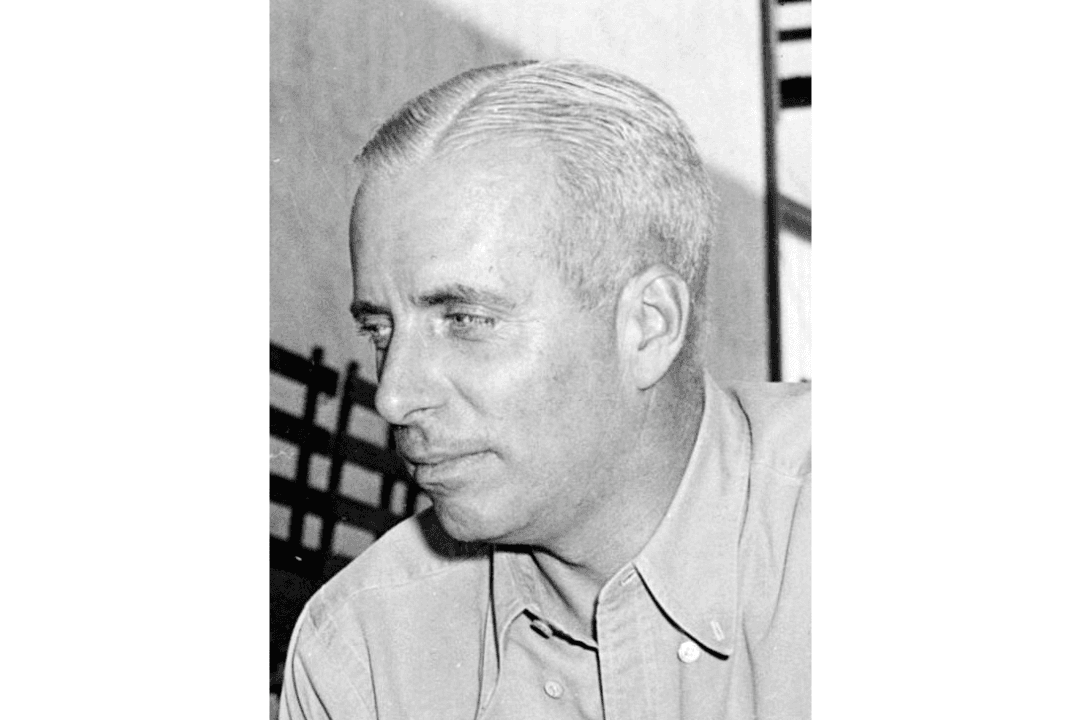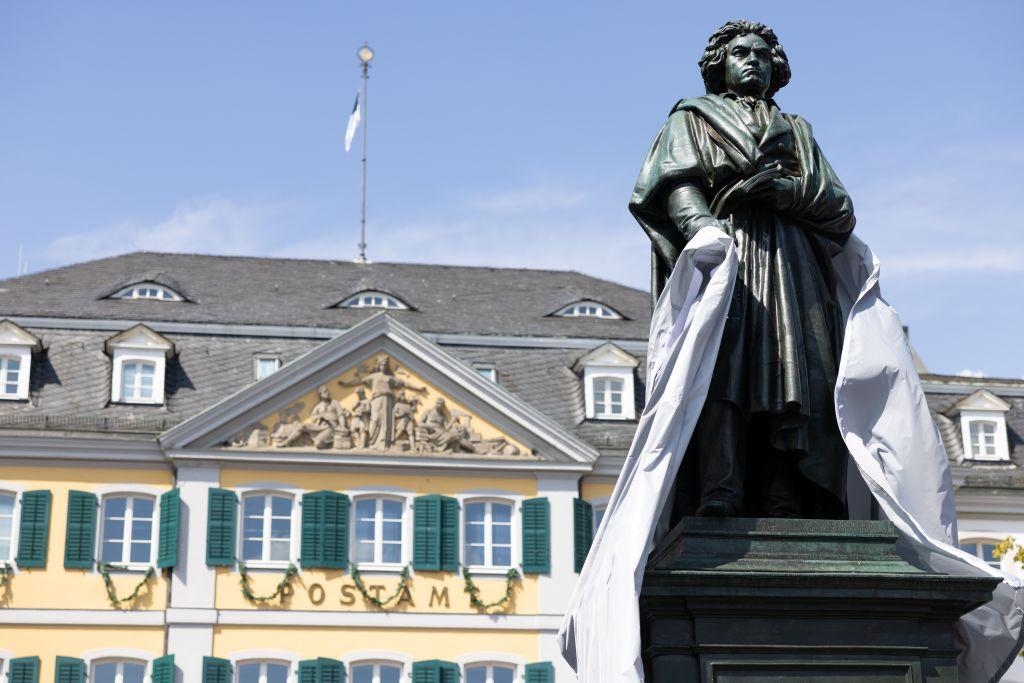Fourteen years ago, a civilized oasis appeared in the barren desert of television: “Downton Abbey.” Julian Fellowes created and wrote an enchanting series chronicling the lives of a noble British family and their domestic staff from 1912 to the 1920s. The writing and acting were exceptional, and Maggie Smith’s character, the Dowager Countess, became a fan favorite thanks to her acidic, quotable quips.
“Downton” is mostly free of political correctness. It rejects Hollywood clichés (for example, that all affluent people are evil) in favor of a richly human story that is by turns amusing and heartbreaking. Mr. Fellowes finds the good in his characters, rich or poor, and shows sympathy for those who have done wrong and repented.






